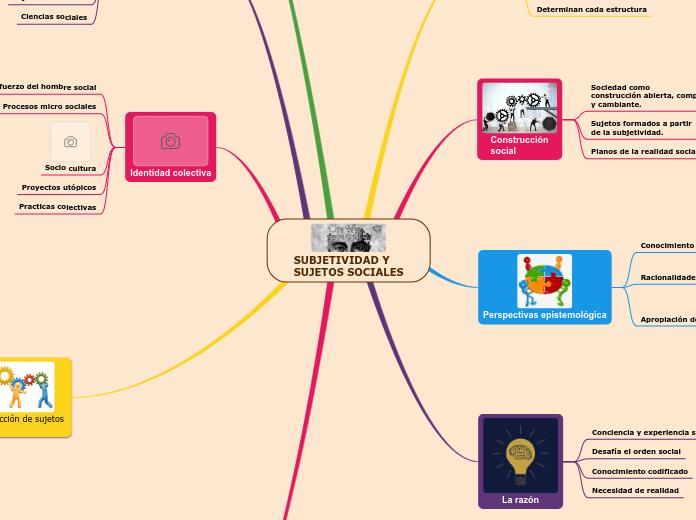von Helen Reina Vor 3 Jahren
536
SUBJETIVIDAD Y SUJETOS SOCIALES

von Helen Reina Vor 3 Jahren
536

Mehr dazu
Type in the name of the book you have read.
Type the main events of the book, classifying them in: events from the beginning, events from the middle, and events from the end of the book.
Describe the story visually. Add a representative picture for each of them.
Type the main events from the middle.
Add a representative picture for each of them.
identidades, modos de ser y cambios colectivos
Type the main events from the beginning.
Add a representative picture for each of them.
In contrast to the main idea, the theme is the message, lesson or moral of the book.
Some tips to find out the theme of the book easier:
Take notes while you read the book. Write here your favorite quotes from the book.
Take notes while you read the book. Type here the resources, books, or websites that the author mentioned and you want to check out later.
The main idea is what the book is mostly about.
Some tips to find out the main idea of a book easier:
Type the names of the book characters. Start with the main character.
Draw arrows to represent the relationship between them and if it is possible write on them what they represent for each other (if they are relatives, friends, lovers, enemies etc.)
What are the characteristics that best describe the character? Type them here.
What is the reason why the author wrote the book?
Who is the author of the book? Type in his/her name.